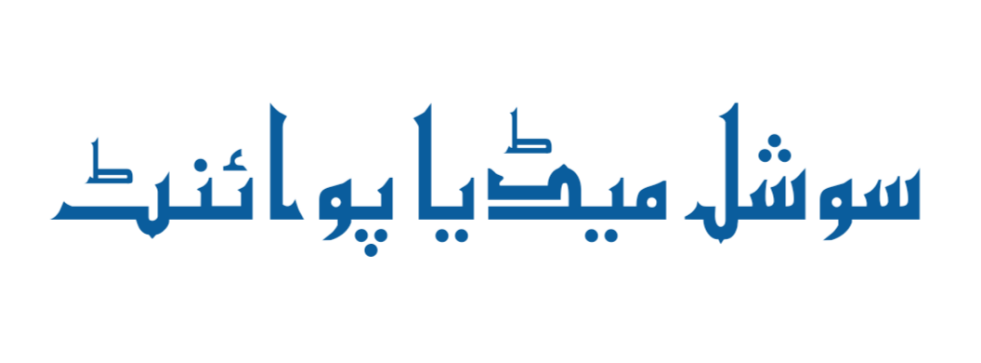By Latif Jamal
Internal conflicts within PTI are not a new phenomenon, nor is it something unusual. It can't be said that PTI will collapse due to these internal political differences, but the party will undoubtedly face tough challenges because of them. Every political party in this country has experienced similar trials. These internal differences have not only plagued political parties here but also affected political parties around the world, resulting in divisions into various factions and groups.
For instance, the Indian National Congress faced internal party conflicts in the 1960s, which led to a split in 1969. The faction led by Indira Gandhi was known as Congress (R), while the opposing faction was known as Congress (O). Indira Gandhi’s leadership eventually led Congress (R) to dominate Indian politics, while Congress (O) gradually lost its influence.
Similarly, in early 20th-century Russia, the Russian Social Democratic Labour Party (RSDLP) split into Bolsheviks and Mensheviks over ideological and strategic differences. The Bolsheviks, led by Vladimir Lenin, advocated for a centralized revolutionary party, while the Mensheviks, led by Julius Martov, supported a more democratic structure.
Likewise, in 2012, the Aam Aadmi Party (AAP) emerged in Indian politics, focusing on an anti-corruption agenda. Despite its success, AAP was not immune to internal conflicts, particularly between Kejriwal and Yogendra Yadav, which led to the expulsion of Yadav and Prashant Bhushan from the party in 2015.
Political parties around the world are naturally prone to internal conflicts, resulting in divisions and the formation of new factions. These conflicts are often based on ideological or strategic differences, leading to the rise and fall of new parties. However, in Pakistan, political party conflicts are rarely ideological. Instead, many political divisions are orchestrated by external forces. Major political parties like the Pakistan People’s Party (PPP) and Pakistan Muslim League (PML-N) have gone through similar phases.
Pakistan Tehreek-e-Insaf (PTI) has also been subject to internal divisions due to two primary reasons. One reason is the temperament of PTI’s own leader. During the final period of PTI’s rule, several key leaders who had worked hard to bring the party to power began leaving. Some of these departures were due to the inability of the PTI leadership to manage power effectively. Jehangir Tareen, a key figure in PTI, was forced to leave the party in 2021 due to allegations related to the sugar scandal. Similarly, Aleem Khan, another significant figure in PTI’s success, left the party in 2022 due to disagreements over the governance of Punjab. Both later joined the Pakistan Istehkam Party. Other leaders like Chaudhry Sarwar and Firdous Ashiq Awan also parted ways with PTI due to internal conflicts.
The second major reason for PTI’s internal strife is the events of May 9, which further intensified the existing tensions between PTI and the establishment. After May 9, many PTI leaders, driven by fear and pressure, distanced themselves from the party. Even some of Imran Khan’s closest allies publicly declared their disassociation from PTI. Despite all these challenges, PTI’s central structure has not broken down, and public support for the party remains strong. However, efforts have been made to weaken PTI’s influence, including targeting its organizational network and creating internal factions within the party.
Retired Lieutenant General Faiz Hameed is currently facing a court martial. It remains to be seen whether PTI’s leader can stand up to the establishment when these statements come to light. Last week, during a media briefing by Lieutenant General Ahmed Sharif Chaudhry, he reiterated that under military law, any individual using military personnel for personal or political gain could face court martial.
The current situation raises questions about PTI’s survival as it faces internal splits and external pressure. Although it is evident that the root of these issues lies in the party's conflict with the establishment, it is also clear that no political party can rise to power without compromises and agreements. PTI, like other political parties in the country, gained power through negotiations and understandings with powerful forces.
As PTI finds itself in turbulent waters, there are several actors responsible for the holes in its boat. Some of these individuals, whether retired or active political players, have fought their own battles for personal interests, ultimately weakening PTI. A wise person once said, "When you search for the truth behind conflicts, you will often find personal interests at their core."
Email: latifjamal@hotmail.com

